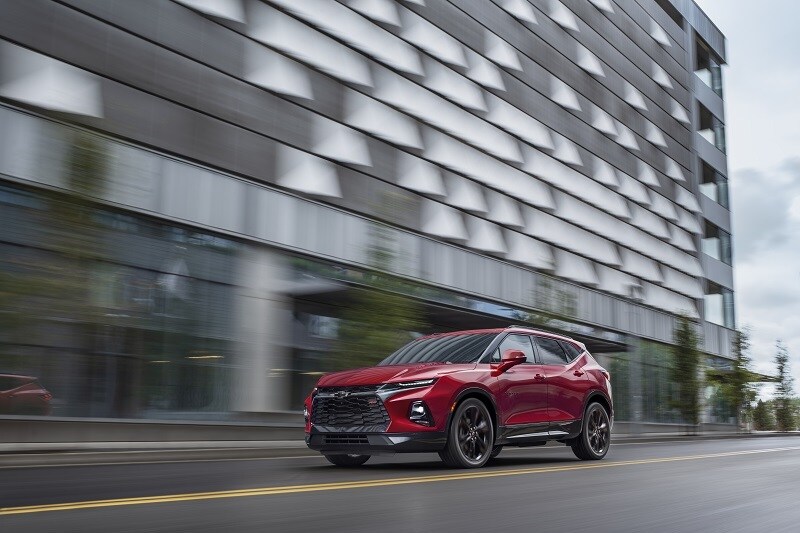
If you're reading this right now, there's a nearly 100-percent chance that you've driven a car before. That means you put it through at least one test, however specific or unorthodox it may have been. Taking a vehicle through a drive-thru line showed you if it was too low to the ground. Going on a road trip revealed how long of a cruising range it offered. There was one major thing you looked for when you put your right foot down hard.
The National Highway Traffic Safety Administration (NHTSA) puts vehicles through the most extreme tests by crashing them into things (and vice versa). Below, we've put the three major categories of tests a vehicle needs to do well in to earn the NHTSA's 5-Star Overall Safety Rating.
Frontal Crash Tests
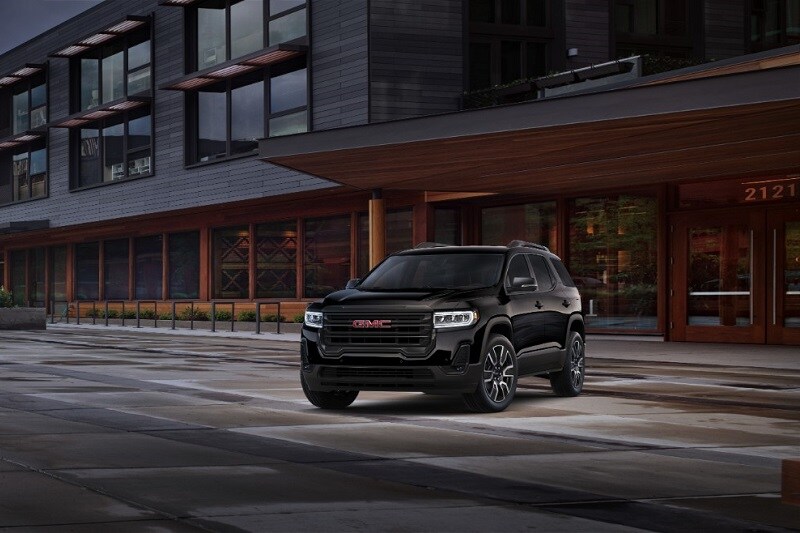
Scenario: Driver A is heading south down a two-lane road; Driver B is traveling north in the opposite lane. Both vehicles weigh close to the same amount. Driver B suddenly falls asleep, drifts into the southbound lane, and collides with Driver A head-on.
"Passengers" in the test car: One crash test dummy the size of an average adult male buckled into the driver seat and another the size of a small adult female buckled into the front passenger seat.
Testing conditions: Vehicle hits a stationary barrier at 35 mph.
What the NHTSA analyzes: Injuries to each crash test dummy's head, neck, chest, and legs.
Vital scores: Front Driver Side and Front Passenger Side star ratings. The Overall Front Star Rating lumps those into one score.
Shop Used GMC Acadia Inventory
Side Crash Tests
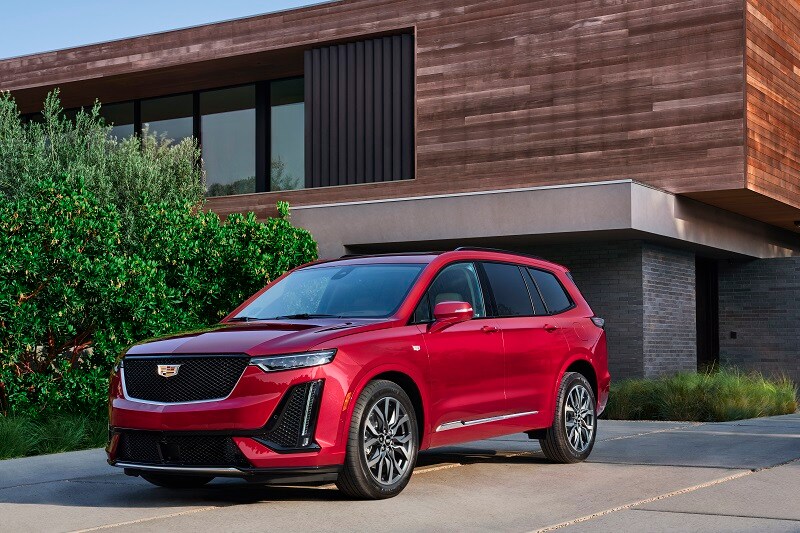
Scenario #1: Side Barrier: Driver A is stopped at an intersection. They look left and right before driving into the intersection. Driver B blows through their stop sign and smashes into Driver A's vehicle on the driver's side.
"Passengers" in the test car: One crash test dummy the size of an average adult male buckled into the driver seat and another the size of a small adult female buckled into the driver's-side rear passenger seat.
Testing conditions: A 3,015-pound barrier is fired against the driver's side of the stationary test vehicle at 38.5 mph.
What the NHTSA analyzes: Injuries to each crash test dummy's head, chest, abdomen, and pelvis.
Vital scores: Driver Rating and Rear Seat Rating.
Shop Used Cadillac XT6 Inventory
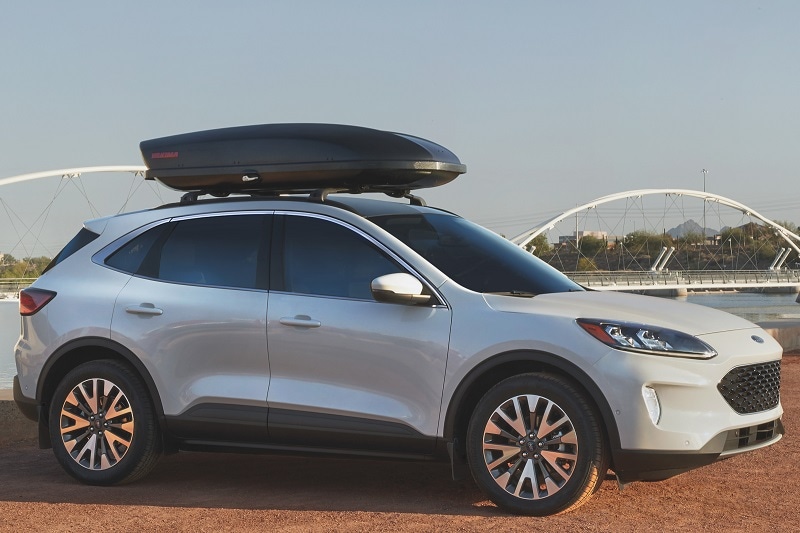
Scenario #2: Side Pole: Driver is traveling down a curvy road in the rain. They unexpectedly lose control of their car and slide sideways until the driver's side of their vehicle hits a telephone pole.
"Passenger" in the test car: One dummy the size of a small adult female buckled into the driver seat.
Testing conditions: The vehicle is positioned at a 75-degree angle, then yanked sideways at 20 mph toward a pole with a 25-centimeter (9.8-inch) diameter until the pole makes contact with the driver's seating location.
What the NHTSA analyzes: Injuries to the dummy's head, chest, lower spine, abdomen, and pelvis.
Vital score: Overall Side Pole Star Rating.
Overall Side Crash scores: The Front Seat rating combines the Side Barrier Driver and Side Pole Star Ratings; the NHTSA takes the Rear Seat rating from the Side Barrier Rear Passenger rating. The Front Seat and Rear Seat scores go into the Combined Side Barrier and Pole Ratings, which are then used to come up with the Overall Side Star Rating.
Shop Used Ford Escape Inventory
Rollover Crash Test
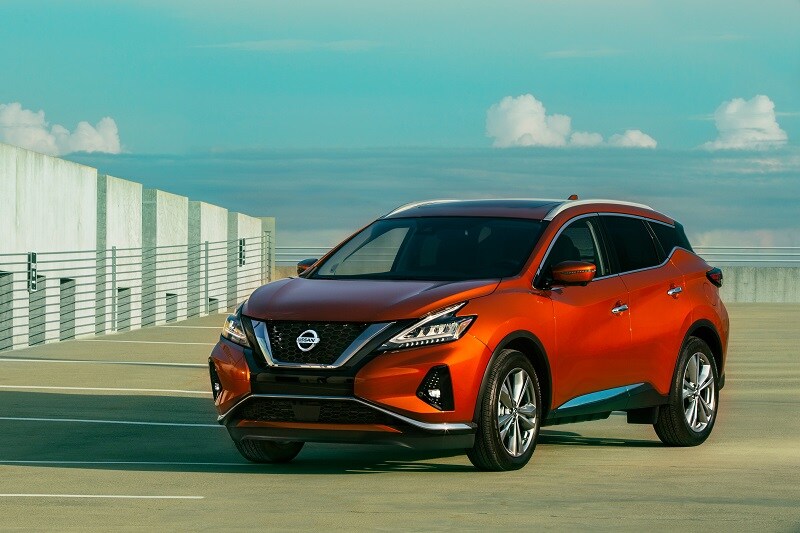
Scenario: Driver is cruising down the highway at 55 mph in an SUV. They go into a sharp curve too quickly, lose control, exit the road, and roll over.
What the NHTSA analyzes: How resistant a vehicle is to rolling over. The NHTSA bases that on a stationary measurement known as the Static Stability Factor, which determines how top-heavy a vehicle is, and the vehicle's vulnerability to rolling over when a driver executes a "severe maneuver."
Shop Used Nissan Murano Inventory
Whether you're putting your teen in an SUV for the first time behind the wheel, or want to know what used crossovers and SUVs are the safest overall, you can rest assured knowing that the NHSTA is monitoring the engineering and safety technology in modern vehicles. The NHSTA was founded in 1970, and has been monitoring the crash test ratings of vehicles sold on American shores ever since.
Be sure to stop by your local AutoNation USA dealership to find a safe and reliable automobile, whether you're looking for a great used car or a certified pre-owned vehicle.
Contribtuted by - AutoNation USA Staff

Used Car Research
Need help? The experts are in. Find guides and advice for buying a used car.